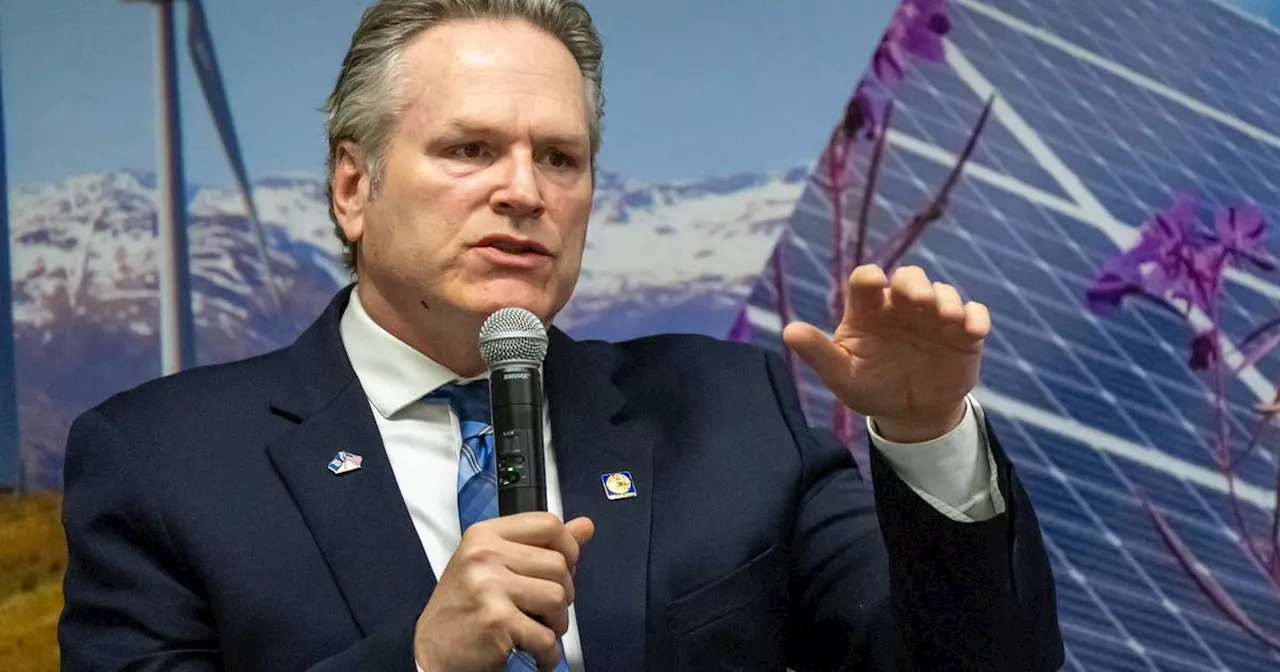Governor Mike Dunleavy's proposed budget prioritizes a large Permanent Fund dividend, despite acknowledging the state's inability to afford it without depleting its reserves. The plan lacks concrete solutions beyond hoping for increased oil revenues in the future, leaving a $1.5 billion deficit. Critics argue that Dunleavy's focus on the PFD ignores the state's pressing fiscal needs, particularly funding for local school districts.
Gov. Mike Dunleavy has a choice for his final two years on the job: He can continue talking about how state law requires him to include an outrageously large Permanent Fund dividend in his spending plan — even though it would dig a deep budget hole, which thankfully, most legislators will never step into — or he can help solve the problem.
The governor has proposed a budget for the state fiscal year starting July 1 that may be politically popular with his supporters but that he acknowledges the state cannot afford without drawing down its remaining reserves. Draining the account is as dangerous as stepping on thin ice.Dunleavy offers no specific solutions other than hoping for more oil wells in the years ahead, far too late to solve the problem for the next budget year or the one after that or the one after that.
Yes, five years ago, Dunleavy tossed out several proposed constitutional amendments that he packaged as a murky long-range fiscal plan to balance state finances. They wouldn’t have solved the problem, but at least it was an effort. No surprise, but the poorly crafted and flawed package went nowhere in the Legislature.Since then, nothing. No proposed legislation from the governor to revise the dividend calculation, no constitutional amendments, no realistic fiscal plan, nothing but talk.
The honest truth is that the state could pay a $1,200 dividend, provide a reasonable increase in funding to education and balance the budget — without drawing down savings. That assumes stable oil prices. The governor could take the lead in proposing and pushing for a responsible and affordable change in the dividend formula in law to help solve the spending problem for the long term.
Alaska Politics Budget Permanent Fund Dividend Fiscal Responsibility
United States Latest News, United States Headlines
Similar News:You can also read news stories similar to this one that we have collected from other news sources.
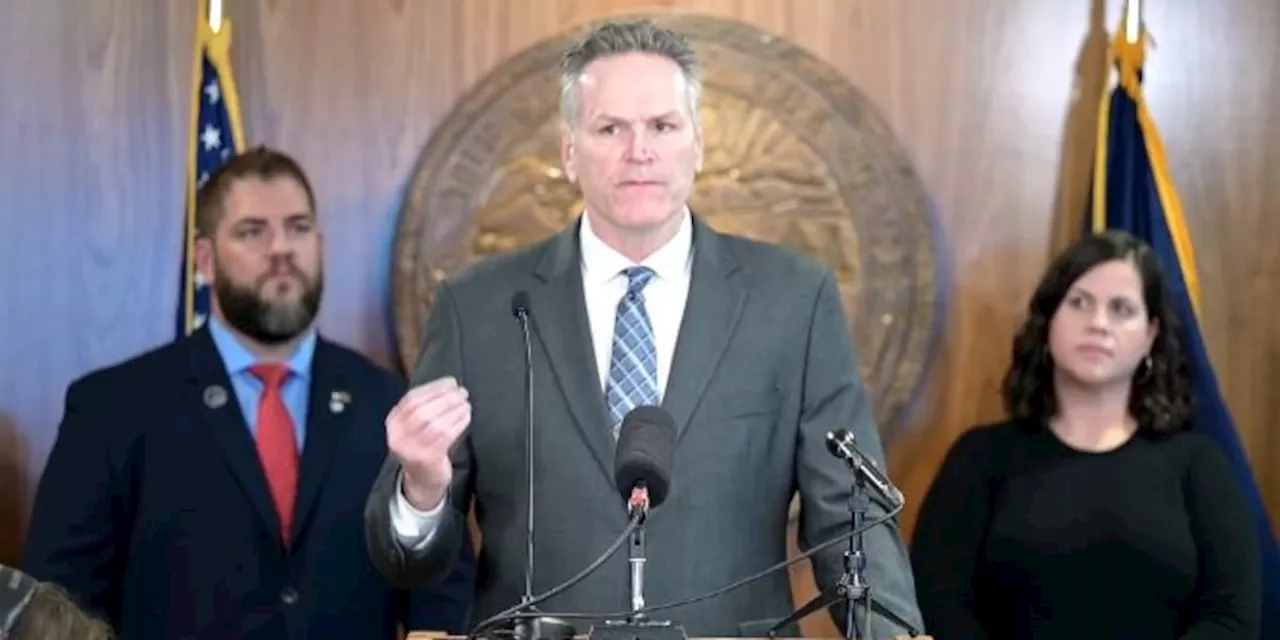 Gov. Dunleavy unveils proposed budget which includes full PFDOn Thursday, Gov. Mike Dunleavy unveiled his $14.2 billion budget for FYFY 2025, which will include increased funding for education and a full statutory PFD.
Gov. Dunleavy unveils proposed budget which includes full PFDOn Thursday, Gov. Mike Dunleavy unveiled his $14.2 billion budget for FYFY 2025, which will include increased funding for education and a full statutory PFD.
Read more »
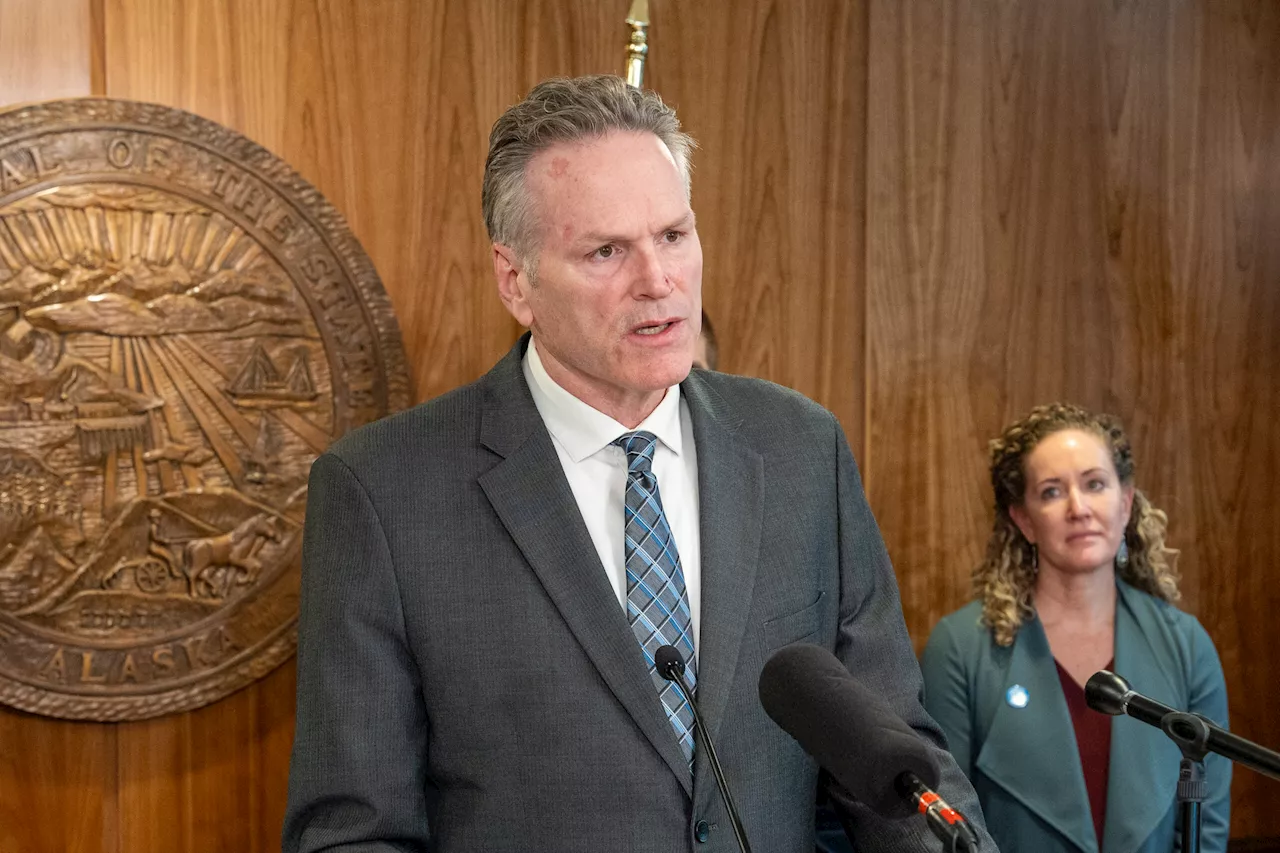 Dunleavy introduces first-draft budget with $1.5 billion deficit and more than $3,800 PFDOver the next several months, there’ll be lots of back-and-forth with legislators before they pass their own version.
Dunleavy introduces first-draft budget with $1.5 billion deficit and more than $3,800 PFDOver the next several months, there’ll be lots of back-and-forth with legislators before they pass their own version.
Read more »
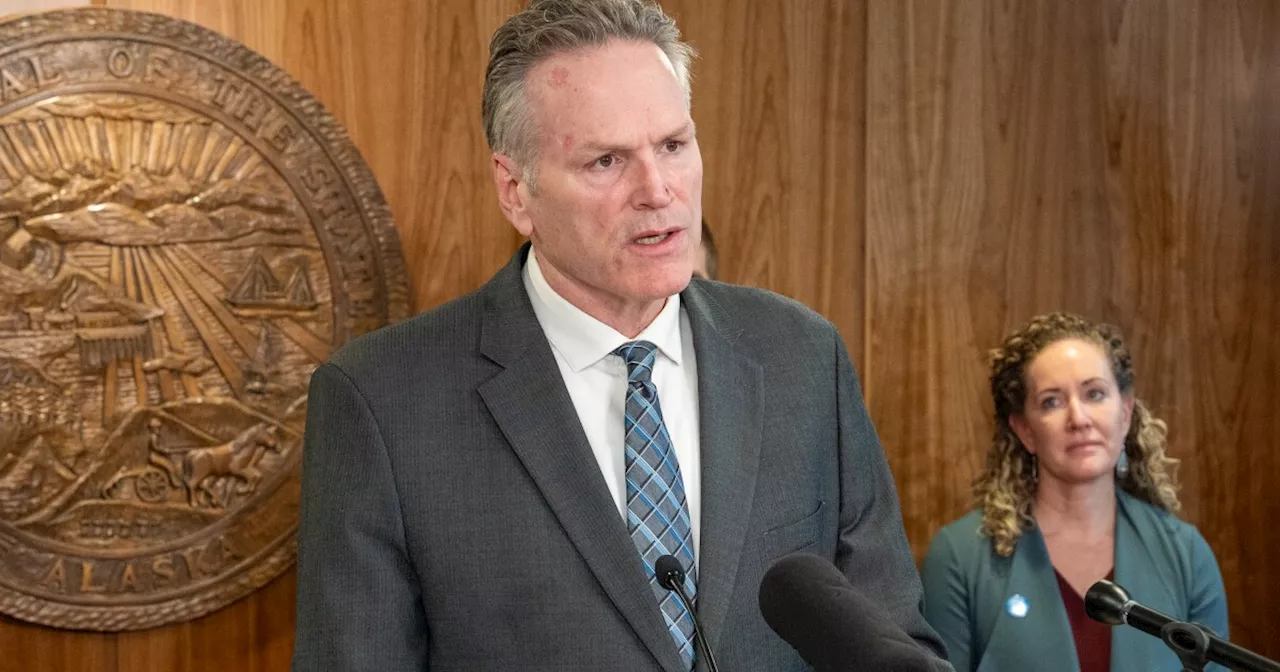 Dunleavy introduces first-draft budget with $1.5 billion deficit and more than $3,800 PFDOver the next several months, there’ll be lots of back-and-forth with legislators before they pass their own version.
Dunleavy introduces first-draft budget with $1.5 billion deficit and more than $3,800 PFDOver the next several months, there’ll be lots of back-and-forth with legislators before they pass their own version.
Read more »
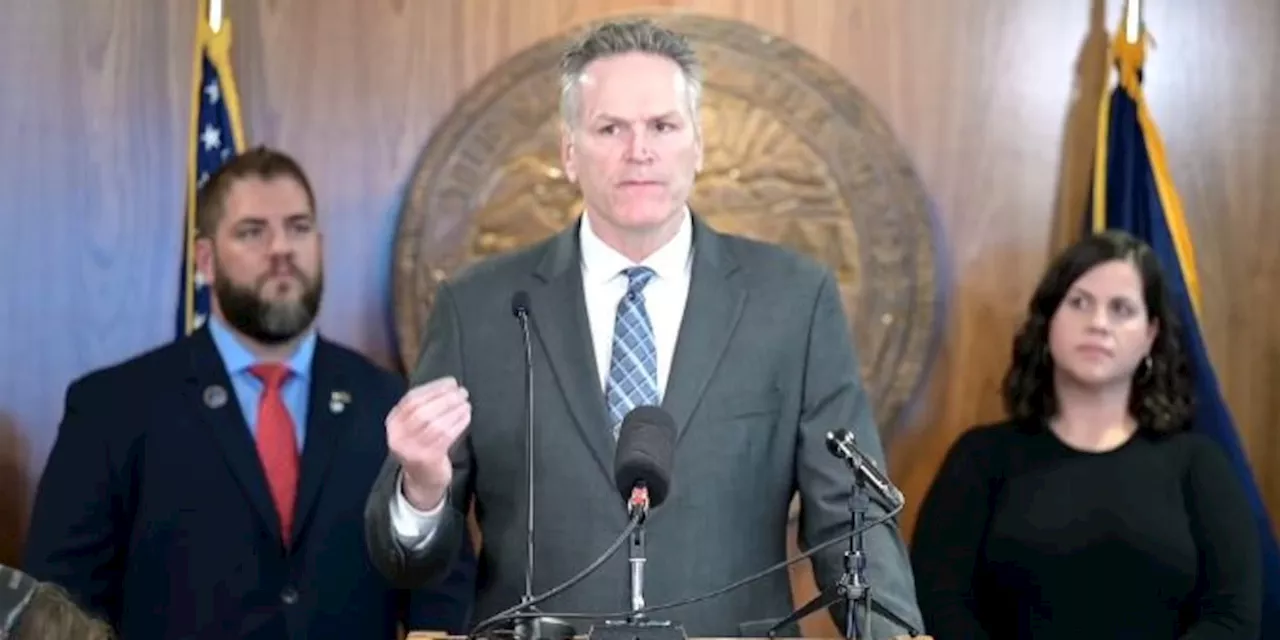 Dunleavy Unveils $14.2 Billion Budget, Including Record PFDAlaska Governor Mike Dunleavy presented his $14.2 billion budget for Fiscal Year 2026, highlighting a record-high Permanent Fund Dividend (PFD) and no cuts to education funding. The budget proposes a $3,892 PFD per eligible Alaskan, contributing to a projected $1.52 billion deficit. To balance the budget, the plan draws heavily on the Constitutional Budget Reserve, raising concerns about long-term financial sustainability.
Dunleavy Unveils $14.2 Billion Budget, Including Record PFDAlaska Governor Mike Dunleavy presented his $14.2 billion budget for Fiscal Year 2026, highlighting a record-high Permanent Fund Dividend (PFD) and no cuts to education funding. The budget proposes a $3,892 PFD per eligible Alaskan, contributing to a projected $1.52 billion deficit. To balance the budget, the plan draws heavily on the Constitutional Budget Reserve, raising concerns about long-term financial sustainability.
Read more »
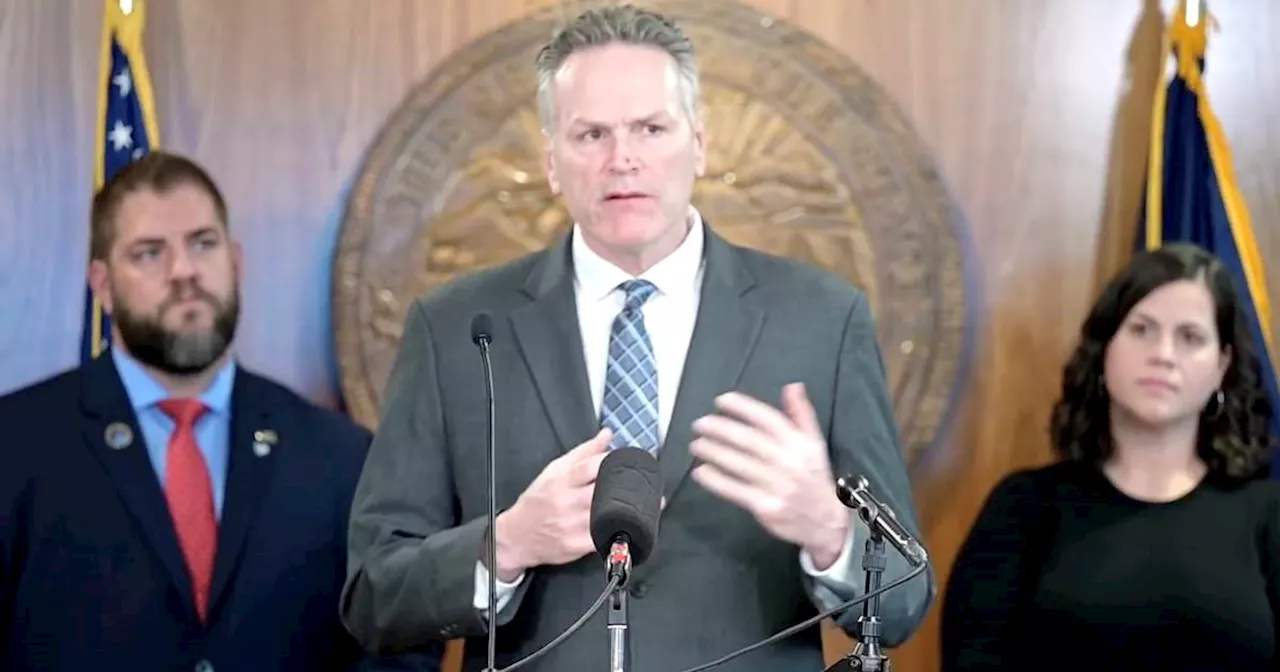 Dunleavy proposes budget with $1.5 billion deficit, projecting $12 billion deficit by 2035Gov. Mike Dunleavy’s proposal did not account for education funding increase, though he said he would consider a $200 million boost.
Dunleavy proposes budget with $1.5 billion deficit, projecting $12 billion deficit by 2035Gov. Mike Dunleavy’s proposal did not account for education funding increase, though he said he would consider a $200 million boost.
Read more »
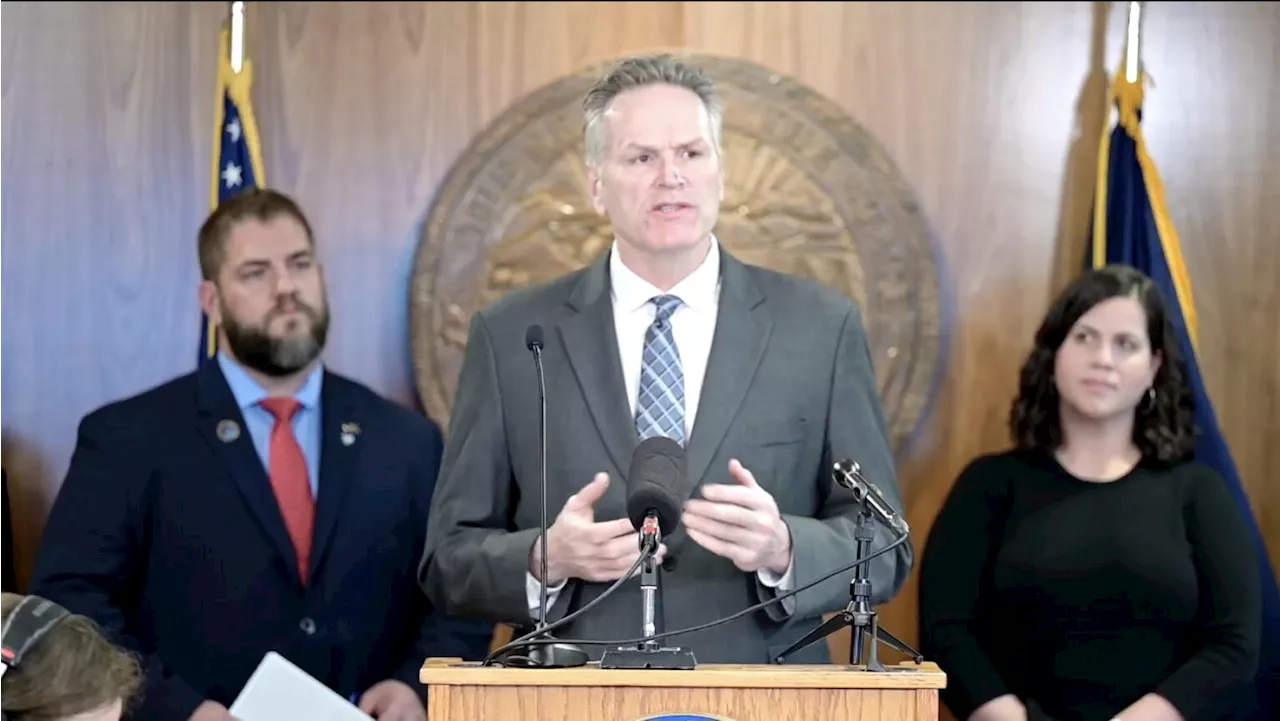 Alaska Gov. Dunleavy proposes budget with $1.5 billion deficit, points to resources for revenueThe spending plan includes roughly $3,800 dividend, lower public education funding, and spending half of what’s left in a budget reserve fund.
Alaska Gov. Dunleavy proposes budget with $1.5 billion deficit, points to resources for revenueThe spending plan includes roughly $3,800 dividend, lower public education funding, and spending half of what’s left in a budget reserve fund.
Read more »
